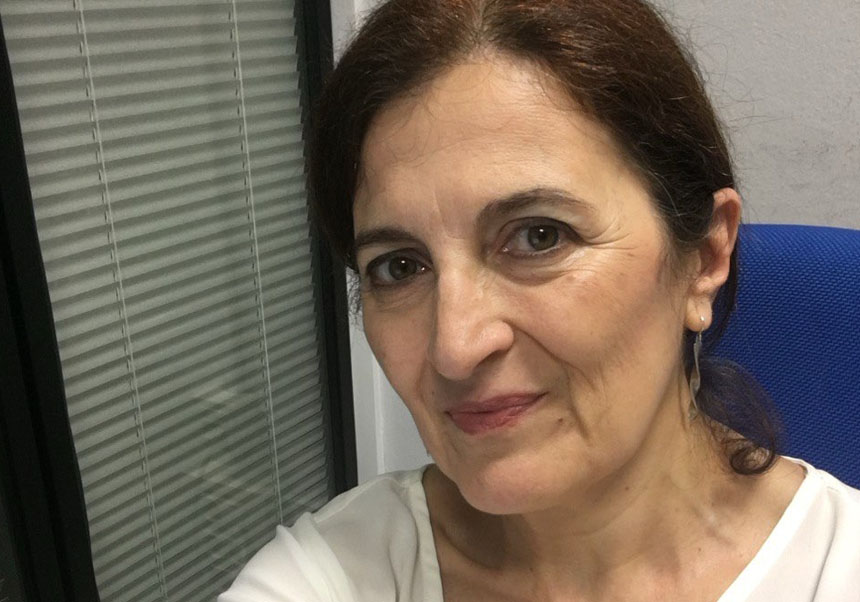Private television channels use the concept of MENA for unaccompanied minors more than public ones
- Scientific Culture and Innovation Unit
- February 8th, 2024

A study by María Dolores Bañón, professor at the University of Valencia (UV), concludes that, in the television treatment of information, private channels use the treatment of MENA more than public ones to refer to unaccompanied foreign minors. The research, published in the magazine Encuentros, also concludes that the presence of these minors has been reduced in recent years, more in public than in private ones.
“In addition, in recent times a greater diversity of sources and presence of spokespersons for non-governmental organisations and institutions, mainly NGOs, has been observed in both public and private channels, although with greater frequency in public ones”, points out the professor from the Language Theory and Communication Sciences Department. These groups provide a positive discourse about these minors, and criticize the lack of means for protection and their support.
Furthermore, the research indicates that there is an invisibility in the representation of unaccompanied girls and adolescents, a quantitatively smaller group, which by appearing less in the media opens the hypothesis that it is because they have ended up in non-visible and uncertain destinations, such as sexual exploitation and other situations that keep them from seeking help.
In her study, which includes the analysis of 50 pieces from August 2017 to February 2023, professor Bañón also detects that there is an evolution in professional awareness about the images broadcast on television, which is more evident in the public channels. However, the use of the term MENA, loaded with negative connotations, still prevails as a consequence of its political use by far-right parties that currently have a presence in the media. “Even so, this term is rarely used in public television news and when it appears, it is contextualised in a didactic way to explain the discriminatory burden it entails”, says the also member of the Governing Council of the Valencian Media Corporation.
Methodology
The main criterion for choosing the pieces in the study is that they have been broadcast in open-air information programs. Of them, 50% are on public channels and the other half are on private ones, all of them selected according to audience figures and the criterion of diversity between channels.
It is estimated that in Spain in 2022 there will be 13,533 unaccompanied minors registered, men and women together, a figure that is increasing. By nationality, 77% are Moroccan. Among unaccompanied women, they also constitute the largest group, with 56%. In the European Directive, article 25 speaks specifically of the protection of unaccompanied children and adolescents (NNA in Spanish) to provide them with adequate support, reiterating in the European Council that its Strategy for Children’s Rights mentions that migrant children have the same rights as Europeans.
Article reference: Bañon Castellón, L. (2023). Televisión y representación de los niños, niñas y adolescentes inmigrantes extranjeros no acompañados: una aproximación a las cadenas españolas. ENCUENTROS. Revista de ciencias humanas, teoría social y pensamiento crítico., 20 (Universidad Nacional Experimental Rafael María Baralt), 235-248. https://doi.org/10.5281/zenodo.10059665
















